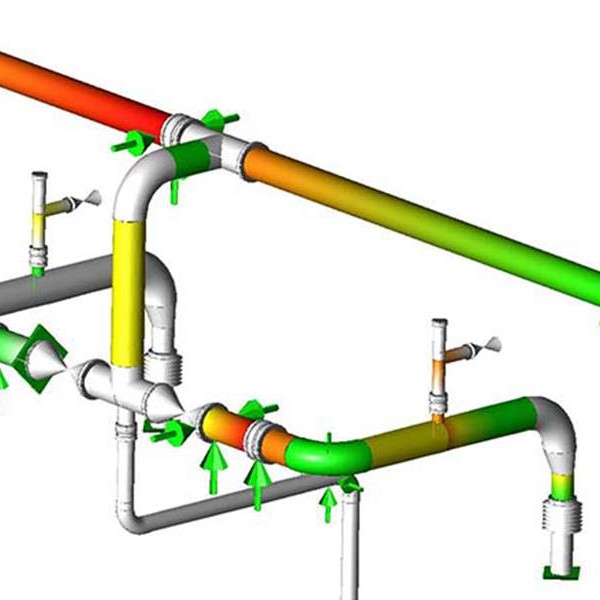
-
 Afrikaans
Afrikaans -
 Albanian
Albanian -
 Amharic
Amharic -
 Arabic
Arabic -
 Armenian
Armenian -
 Azerbaijani
Azerbaijani -
 Basque
Basque -
 Belarusian
Belarusian -
 Bengali
Bengali -
 Bosnian
Bosnian -
 Bulgarian
Bulgarian -
 Catalan
Catalan -
 Cebuano
Cebuano -
 China
China -
 China (Taiwan)
China (Taiwan) -
 Corsican
Corsican -
 Croatian
Croatian -
 Czech
Czech -
 Danish
Danish -
 Dutch
Dutch -
 English
English -
 Esperanto
Esperanto -
 Estonian
Estonian -
 Finnish
Finnish -
 French
French -
 Frisian
Frisian -
 Galician
Galician -
 Georgian
Georgian -
 German
German -
 Greek
Greek -
 Gujarati
Gujarati -
 Haitian Creole
Haitian Creole -
 hausa
hausa -
 hawaiian
hawaiian -
 Hebrew
Hebrew -
 Hindi
Hindi -
 Miao
Miao -
 Hungarian
Hungarian -
 Icelandic
Icelandic -
 igbo
igbo -
 Indonesian
Indonesian -
 irish
irish -
 Italian
Italian -
 Japanese
Japanese -
 Javanese
Javanese -
 Kannada
Kannada -
 kazakh
kazakh -
 Khmer
Khmer -
 Rwandese
Rwandese -
 Korean
Korean -
 Kurdish
Kurdish -
 Kyrgyz
Kyrgyz -
 Lao
Lao -
 Latin
Latin -
 Latvian
Latvian -
 Lithuanian
Lithuanian -
 Luxembourgish
Luxembourgish -
 Macedonian
Macedonian -
 Malgashi
Malgashi -
 Malay
Malay -
 Malayalam
Malayalam -
 Maltese
Maltese -
 Maori
Maori -
 Marathi
Marathi -
 Mongolian
Mongolian -
 Myanmar
Myanmar -
 Nepali
Nepali -
 Norwegian
Norwegian -
 Norwegian
Norwegian -
 Occitan
Occitan -
 Pashto
Pashto -
 Persian
Persian -
 Polish
Polish -
 Portuguese
Portuguese -
 Punjabi
Punjabi -
 Romanian
Romanian -
 Russian
Russian -
 Samoan
Samoan -
 Scottish Gaelic
Scottish Gaelic -
 Serbian
Serbian -
 Sesotho
Sesotho -
 Shona
Shona -
 Sindhi
Sindhi -
 Sinhala
Sinhala -
 Slovak
Slovak -
 Slovenian
Slovenian -
 Somali
Somali -
 Spanish
Spanish -
 Sundanese
Sundanese -
 Swahili
Swahili -
 Swedish
Swedish -
 Tagalog
Tagalog -
 Tajik
Tajik -
 Tamil
Tamil -
 Tatar
Tatar -
 Telugu
Telugu -
 Thai
Thai -
 Turkish
Turkish -
 Turkmen
Turkmen -
 Ukrainian
Ukrainian -
 Urdu
Urdu -
 Uighur
Uighur -
 Uzbek
Uzbek -
 Vietnamese
Vietnamese -
 Welsh
Welsh -
 Bantu
Bantu -
 Yiddish
Yiddish -
 Yoruba
Yoruba -
 Zulu
Zulu
frp rectangular tank
Understanding FRP Rectangular Tanks Advantages and Applications
Fiber Reinforced Plastic (FRP) rectangular tanks have become increasingly popular in various industries due to their unique properties, strength, and versatility. Constructed from a combination of polymer resins and reinforcing fibers, these tanks are designed to offer superior durability and resistance to a wide range of environmental conditions. This article explores the facets of FRP rectangular tanks, including their advantages, applications, and best practices for usage.
Understanding FRP Rectangular Tanks Advantages and Applications
Another noteworthy benefit is the corrosion resistance offered by FRP materials. In industries such as chemical processing, water treatment, and food storage, tanks are often exposed to harsh chemicals and environmental factors that can lead to deterioration over time. FRP tanks are engineered to resist corrosion from a wide range of substances, extending the lifespan of the tank and reducing maintenance costs in the long run. This makes FRP an ideal choice for applications involving aggressive liquids or gases.
frp rectangular tank

Moreover, the versatility of FRP rectangular tanks enables customization options tailored to specific needs. Manufacturers can engineer tanks to varying sizes, shapes, and configurations, allowing them to fit seamlessly into unique operational setups. Additionally, FRP can be designed with different properties, such as thermal and electrical insulation, to enhance performance in specific environments.
FRP rectangular tanks are widely used across various sectors. In the chemical industry, they store corrosive liquids, ensuring safe handling and containment. In water treatment facilities, they serve as holding tanks for both potable water and wastewater, further highlighting their adaptability. The food and beverage sector employs these tanks for storage and processing, taking advantage of FRP’s hygienic properties, particularly when it comes to preventing contamination.
The installation and maintenance of FRP rectangular tanks should be approached with care to maximize their benefits. It is essential to follow manufacturer guidelines during installation to ensure structural stability and compliance with local regulations. Regular inspections should be conducted to identify minor issues before they escalate into significant problems. Proper cleaning and maintenance protocols are also crucial in preserving the integrity of the tank and its contents.
In conclusion, FRP rectangular tanks represent a modern solution for various storage needs across multiple industries. Their lightweight nature, corrosion resistance, and customization capabilities make them a smart investment for businesses looking to optimize their operations. As industries continue to prioritize efficiency and durability in their equipment, the relevance of FRP tanks is likely to grow, reinforcing their place as a valuable asset in contemporary infrastructure. By prioritizing proper installation and maintenance, organizations can harness the full potential of FRP rectangular tanks, ensuring lasting performance and reliability.
Latest news
-
High-Quality Fiberglass Car Bodies Durable GRP Car & Boat Body SolutionsNewsJul.08,2025
-
High-Quality Fiberglass Dual Lamination Product Manufacturer Durable FRP & GRP Dual Lamination SolutionsNewsJul.08,2025
-
Rectangular Tank with Dimensions for GRP Calculation Custom Fiberglass GRP Rectangular TanksNewsJul.07,2025
-
High-Quality Fiberglass Weir Custom FRP Weir & Fiberglass Tanks ManufacturerNewsJul.07,2025
-
CPVC FRP Pipe A Reliable Choice for Industrial Applications High Strength & Corrosion ResistanceNewsJul.07,2025
-
Fiberglass Scrubber for Effective Cleaning and Stain Removal – Superior Performance in Various ApplicationsNewsJul.06,2025









